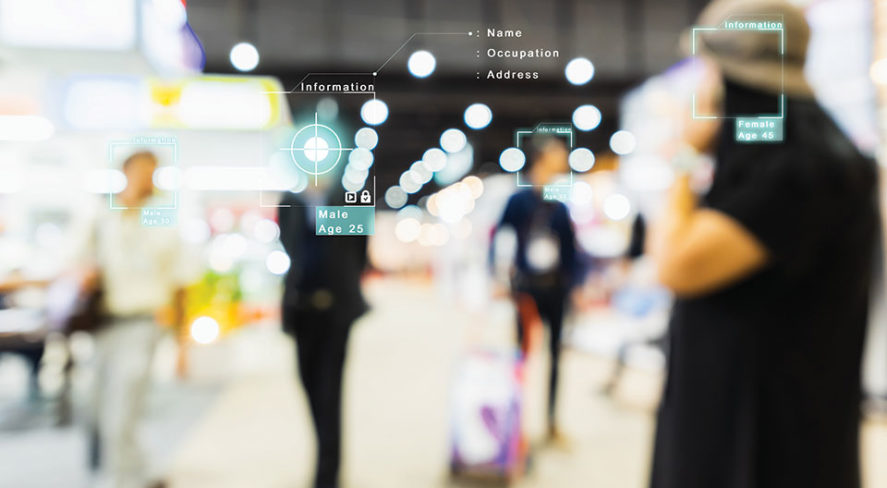The Future Is Autonomous: AI Will Enable Security Solutions to Analyze and Act

Artificial intelligence (AI) has become a part of our everyday lives. People interact with AI, for example, when shopping online and getting a question answered by a chatbot or having the website recommend additional items for purchase. In addition, AI makes it easy for people to leverage voice-to-text responses on mobile devices quickly and accurately.

AI is also having a dramatic impact on the security industry. It is revolutionizing the capabilities of security technologies and providing decision guidance that makes security operations more efficient and cost effective.
This technology is being incorporated into multiple product categories, including access control, video and building management systems. Better video compression standards, higher megapixel cameras and greatly improved field of view are just a few of the ways that AI is driving improved image quality and data while reducing bandwidth consumption. It is also enabling accelerated workflows, delivering detailed and actionable intelligence that was not possible just five years ago.
Thanks to AI, security devices and systems have a greater ability to mine data and transform that information into valuable insights. The AI era is here, so how is the technology affecting specific devices and solutions in the security industry?
Frictionless Access
Frictionless access control has been the talk of the security industry for the past year and a half. This solution uses enhanced facial recognition technology to validate an individual and permit access into an area without the individual needing to stop and present a credential. Two imagers in a surveillance camera create a 3D facial topography, which increases accuracy and reduces false positives. When integrated with access control, the system automatically recognizes an individual from a database and determines whether that person should be permitted to enter.
This approach greatly simplifies the user experience with minimal interruption to the flow of access. None of this would be possible without AI and its deep learning algorithms and fast processing speed. Together, they allow the system to concurrently process multiple people in the same frame, accurately detecting and recognizing individual faces from several feet away.
Crowd Formation
Being able to quickly identify that a large group of people is approaching – whether in protest or to celebrate a sports victory or for some other reason – is invaluable information for security personnel and police departments. When combined with crowd formation technology, AI can help to escalate actionable tasks. For example, in public transportation hubs such as train stations, AI can detect the number of people waiting in a particular area. If the system detects that the number of people waiting on a platform is approaching maximum capacity, it can alert the operator to activate crowd management protocols and potentially add another train to the schedule.
Occupancy Counting
Knowing how many people are in a specific space can assist with occupancy management. Before AI, it was often difficult to tell the difference between a human and a pet in a crowded setting. AI enables the collection of more detailed information and allows the user to set parameters for the type of data that needs to be analyzed.
When integrated with an access control system, AI can not only confirm the number of occupants in a room, but it can also send an alarm if the count does not match the number of people who used an access control badge to gain entrance into that space. This can help security personnel identify a tailgating issue or other security problem.
Situational Awareness
Data is becoming increasingly important for security professionals, but sifting through days of raw video footage to pinpoint an event of interest is both taxing and time consuming. AI makes it possible to effectively manage extremely large volumes of data and quickly provide context and meaningful insights into that data.
For example, during manual analysis, a simple event like a person leaving a package near a park bench might be difficult to quickly assess and categorize as a potentially serious threat. By providing simplified context visualization, AI cuts through the noise to help identify the incident and can then aid in determining if the package poses a significant security risk.
AI in Surveillance
The digitization of surveillance cameras has made video accessible on nearly any network. This has evolved to now include video data easily being sent to the cloud for storage and advanced analysis.
Video management system (VMS) capabilities are greatly enhanced with AI. In the most basic system, a VMS enables multiple devices to come together into a single easy-to-use tool, improving data visibility and decision-making. With an AI-enabled VMS, many of those decision-making functions can be handled autonomously instead of relying on human intervention. By continuously monitoring an area, the software can learn what is normal and abnormal behavior. This could include detecting a traffic accident, an illegal U-turn, or even people running in an area where they usually walk.
It is clear that the surveillance industry is at a critical juncture. Technological advancements and the introduction of AI can enable security systems to become the solutions of the future.
